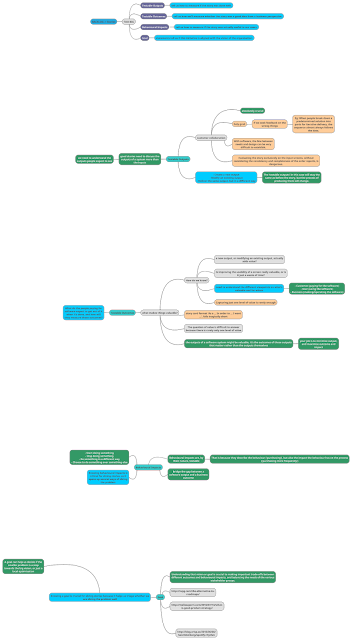Oracle deficiency?
We were in the middle of a release. It was late and we had just found a bug, a show stopper for a feature. Ben then said I always wonder - what separates a good tester from an average tester? at most times I feel it's their ability to spot the important bugs at the right time. These words have struck with me ever since. And this happened at another site. I observed "attack-name": "HEADER_COUNT_EXCEEDED" in an API response when I used postman to poke some of the APIs built. The error was not consistent but I just did not feel right about this. Checked with the team (lets call them teamA) testing the APIs and it appears they had never seen it before. So I checked with another team (lets call this teamB) who were consuming the APIs but building something different. It was the same response. I was aware that both teams used J-meter to test APIs and I was poking it via postman. Could that be a problem? I built a small collection to iterate the API ca...


